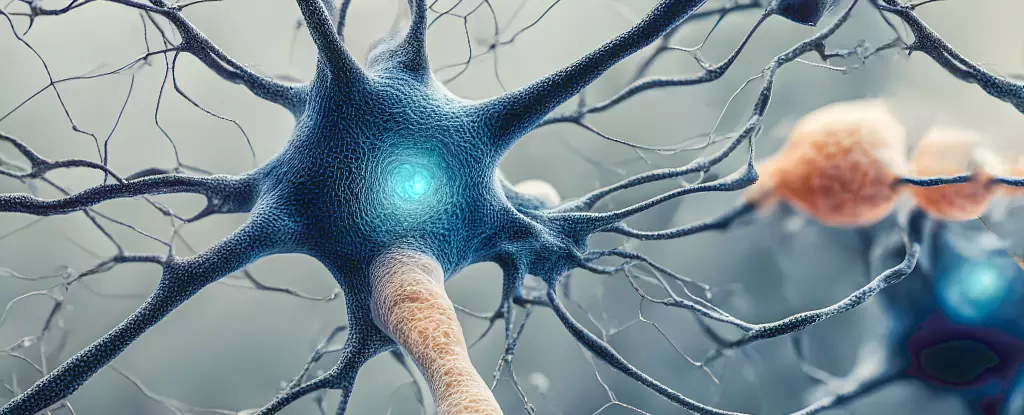Alzheimer’s disease is a debilitating condition that has baffled researchers for decades. One of the main culprits that have come under intense scrutiny is amyloid beta – abnormal clumps of naturally occurring proteins that accumulate in the brains of individuals with Alzheimer’s disease. These plaques have long been considered a potential cause of brain damage in Alzheimer’s patients. However, recent research by a team led by Emory University in the US has shed new light on this topic.
While many scientists have focused on amyloid beta as the primary agent of brain damage in Alzheimer’s disease, there is growing evidence to suggest that these plaques may be a side effect rather than the root cause of the disease. The team at Emory University has discovered that other proteins accumulating alongside amyloid beta may be responsible for the debilitating symptoms of Alzheimer’s. By comparing protein combinations in mouse models and human data, they identified over 20 proteins that co-accumulate with amyloid beta, some of which are signaling molecules that may be triggering harmful processes in the brain.
One of the key findings of the study was the overexpression of two proteins, midkine, and pleiotrophin, in conjunction with amyloid beta plaques. These proteins are known to be involved in inflammatory processes in the body, suggesting that they could be potential targets for new Alzheimer’s therapies. By understanding the role of these proteins in the disease process, researchers hope to develop treatments that can effectively target the underlying mechanisms of Alzheimer’s disease.
The research team at Emory University has proposed a new perspective on the role of amyloid beta in Alzheimer’s disease. Rather than being the primary agent of brain damage, amyloid beta may act as a scaffold for other proteins that contribute to the progression of the disease. This theory could explain the contradictory results seen in previous studies and provide new insights into the complex nature of Alzheimer’s pathology.
While the discovery of new proteins associated with Alzheimer’s disease is a significant breakthrough, there is still much to learn about the underlying mechanisms of the condition. Researchers are now exploring the potential role of these proteins in clearance, coating, and neutralization of amyloid beta plaques to reduce toxicity in the brain. Additionally, other theories, such as Alzheimer’s as an autoimmune disease, are being investigated to further unravel the mysteries of this devastating condition.
The study conducted by Emory University has provided valuable insights into the complex nature of Alzheimer’s disease. By identifying new proteins that may play a critical role in the disease process, researchers are one step closer to developing effective therapies for this debilitating condition. Further research is needed to fully understand the role of these proteins and their potential impact on Alzheimer’s pathology.


Leave a Reply